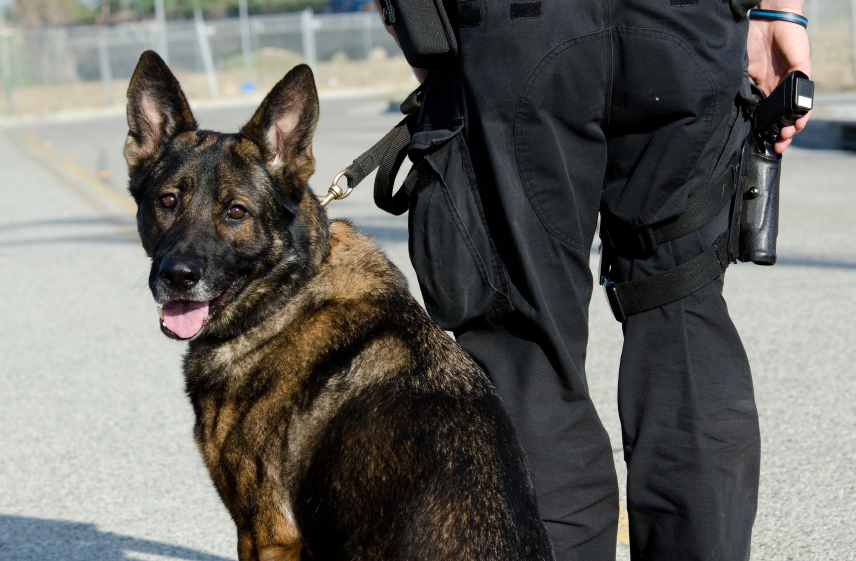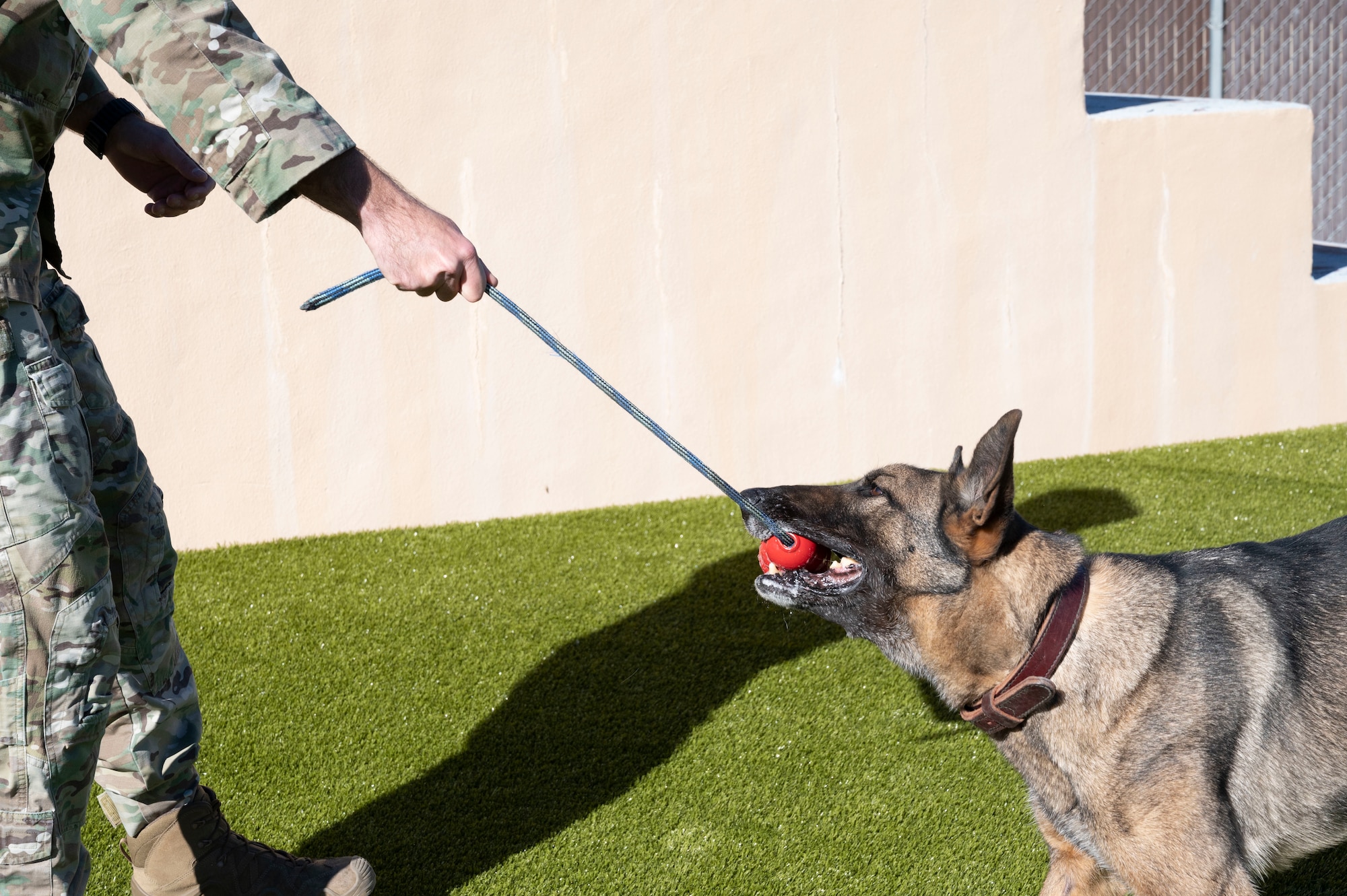Crucial Dog Training Techniques for a Life Time of Etiquette
Efficient pet training is foundational to cultivating a well-behaved companion that enhances our lives. Necessary strategies, such as favorable reinforcement and constant command training, not just enhance obedience yet additionally strengthen the bond in between proprietor and pet dog. Comprehending canine habits and using socialization techniques can prevent possible issues prior to they occur. Nevertheless, the trip doesn't end with fundamental commands; addressing behavioral challenges calls for a nuanced method that numerous neglect. What are the essential aspects that can change your training experience and make sure enduring outcomes?
Recognizing Dog Habits

Additionally, comprehending the inherent impulses and drives of a canine-- such as prey drive, social interactions, and territorial behaviors-- enables trainers to anticipate and take care of details actions. As an example, a pet with a solid victim drive may require different strategies than one that is more socially inclined.
In addition, very early socialization and exposure to numerous settings dramatically affect a canine's behavior and personality. Favorable experiences during critical developing durations can result in well-adjusted adult pets, whereas unfavorable experiences may cause stress and anxiety or aggression.
Positive Support Techniques
Among the numerous pet dog training techniques, favorable reinforcement methods attract attention for their efficiency and ability to strengthen the bond in between canine and instructor (Ohana K9 Academy). This technique emphasizes fulfilling desired habits instead of punishing undesirable ones, fostering an extra participating and trusting connection
Positive reinforcement can take numerous types, consisting of deals with, appreciation, toys, or playtime. The key is to offer instant incentives when the pet exhibits the desired behavior, enabling them to make the connection between the activity and the favorable result. For circumstances, if a pet rests on command, giving a treat right now strengthens that habits, making it most likely to be duplicated.
Consistency is essential in positive reinforcement training. Trainers should use the very same signs and incentives to stay clear of puzzling the pet dog. Furthermore, varying the rewards can maintain the pet's passion and inspiration, transitioning from regular treats to occasional appreciation or play useful reference as the pet masters the habits.

Fundamental Command Training
Building on the structure established through favorable reinforcement methods, standard command training functions as a crucial action in creating a hospitable dog. This training commonly includes important commands such as "rest," "stay," "come," and "down - Ohana K9 Academy." Each command plays a vital duty in fostering reliable communication in between the pet dog and its proprietor, improving the overall bond
To start basic command training, select a quiet atmosphere without disturbances. Begin with brief, focused sessions lasting no greater than 5 to 10 mins to maintain your pet dog's attention. Make use of high-value treats as benefits, making certain the canine links appropriate actions with positive outcomes. When showing a command, make use of a clear, consistent verbal sign accompanied by hand signals to strengthen understanding.
Patience is vital; pets may require various repeatings to comprehend commands totally. Progressively increase the complexity by introducing variations or interruptions when your pet dog accurately reacts. Normal technique enhances found out commands, strengthening them in your pet's actions Continued arsenal. Inevitably, standard command training not just cultivates obedience yet additionally boosts safety and security and promotes delightful communications throughout strolls and playtime, preparing for more advanced training techniques in the future.
Socialization Techniques
In the world of pet training, socializing techniques are essential for growing a well-adjusted and positive canine buddy. Effective socializing includes exposing your pet to a range of environments, individuals, and various other animals in a regulated and positive manner. The key goal is to help your pet dog establish a comfort degree with diverse experiences, which can significantly minimize worry and anxiety in unknown situations.
Begin socializing during the critical developing window of 3 to 14 weeks, when young puppies are most receptive to brand-new experiences. Introduce your pet dog to different setups, such as parks, urban locations, and homes with other family pets. Ensure these experiences declare by utilizing treats and appreciation to reinforce etiquette.
Group training courses are an outstanding means to reveal your dog useful link to other dogs and individuals in an organized setting. This permits monitored interactions, aiding your dog find out appropriate social hints. Normal outings and playdates with courteous dogs can even more boost social skills.
Dealing With Behavioral Concerns
Attending to behavioral problems in canines is an essential element of training that requires a systematic method and understanding of canine actions. Usual concerns such as barking, chewing, hostility, and anxiety can stem from numerous elements, consisting of absence of socialization, not enough workout, or also medical problems.

Additionally, developing an organized regimen that includes normal workout and mental excitement can significantly reduce behavioral concerns. Interactive playthings can maintain a pet dog engaged and minimize damaging propensities. In situations of severe aggressiveness or anxiety, talking to a specialist canine fitness instructor or a veterinary behaviorist may be required.
Conclusion
In verdict, effective pet dog training techniques, including positive support, fundamental command training, and socializing, are vital for fostering good behavior throughout a pet's life. Resolving behavior concerns with a systematic technique not just enhances obedience but likewise reinforces the bond in between pet dogs and their proprietors.